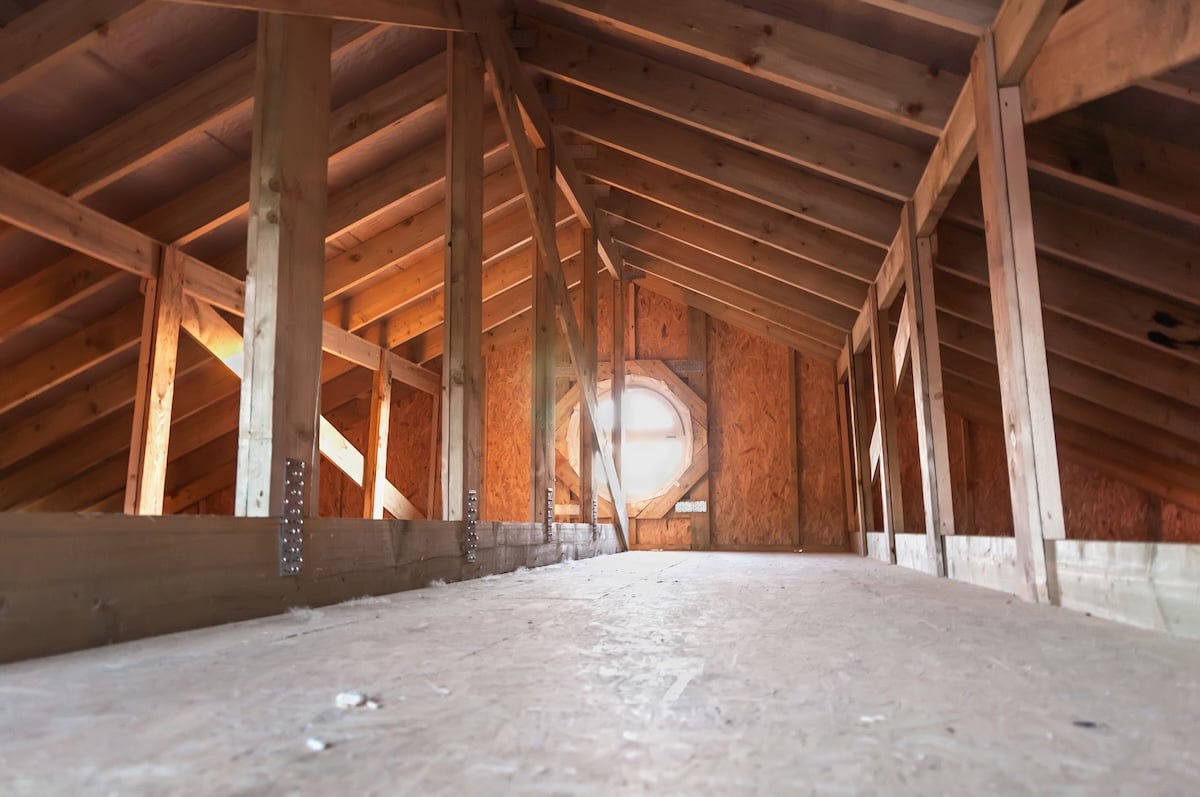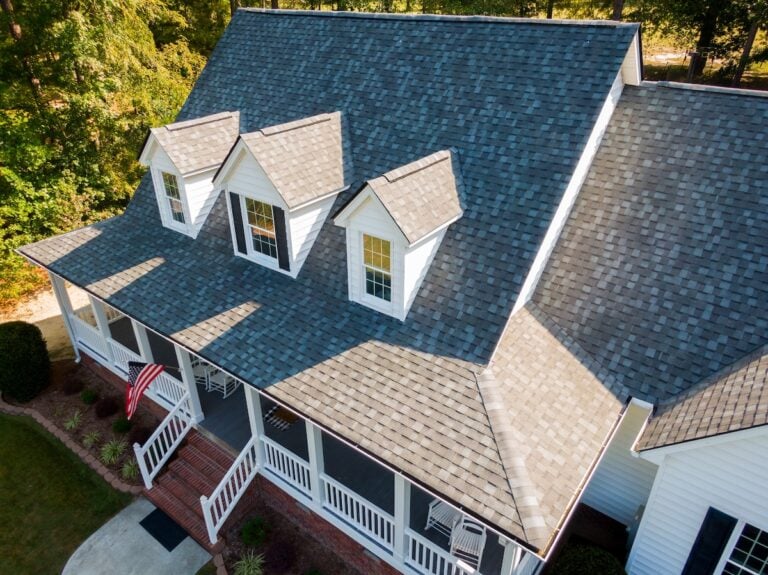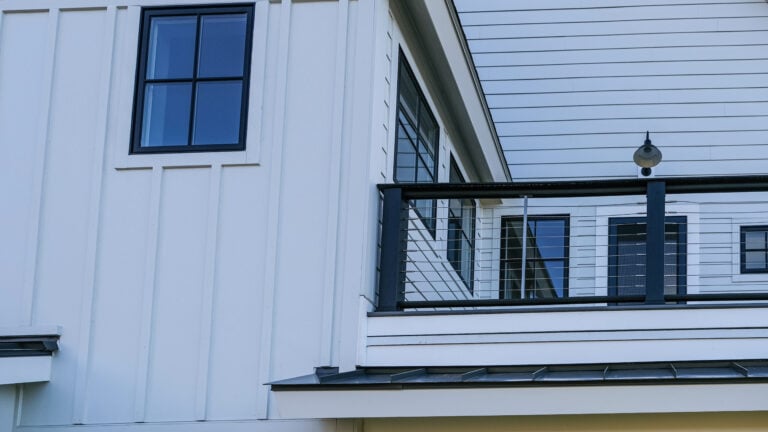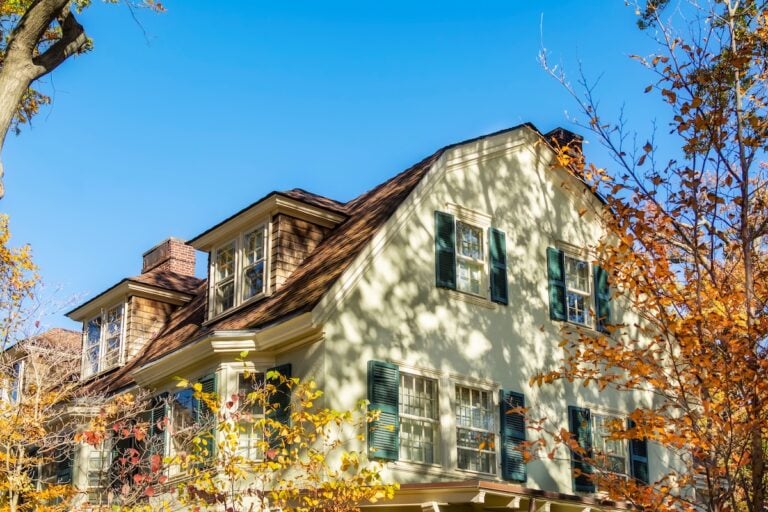Discovering water droplets falling from your attic ceiling can be alarming. You might assume your roof is leaking, but the culprit could actually be attic rain—a moisture problem that affects many homes, especially during winter months. This comprehensive guide will help you understand what attic rain is, identify its causes, and learn effective solutions to protect your home from this potentially damaging issue.
This article covers:
- Understanding attic rain and how it differs from roof leaks
- Step-by-step solutions to eliminate attic rain
- Prevention strategies to keep your attic dry
👉 Understanding Attic Rain: More Than Just a Roof Leak
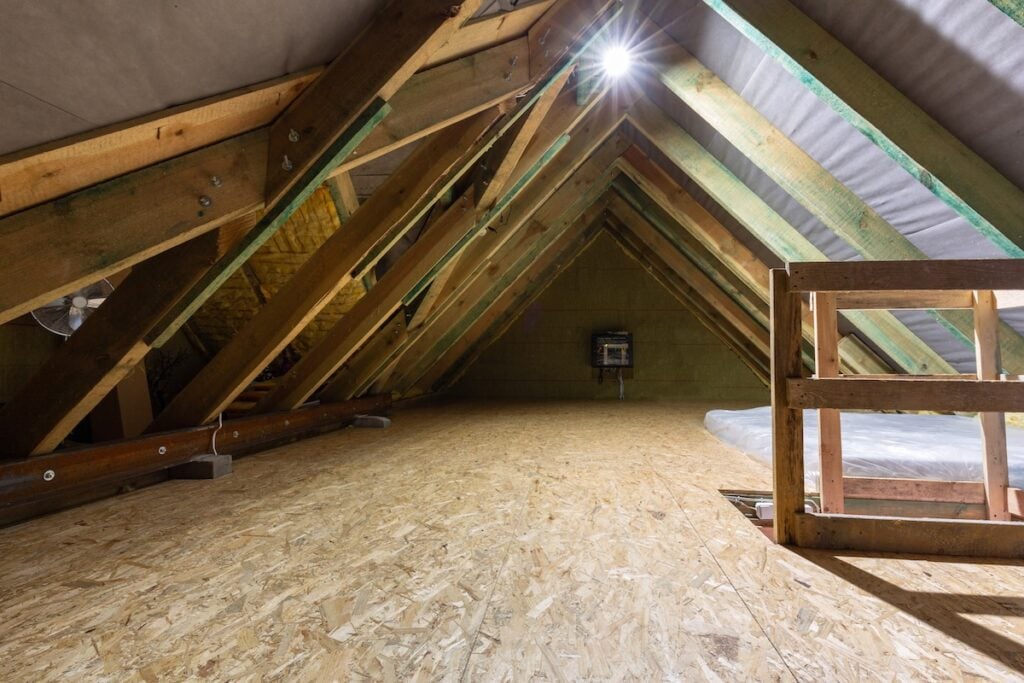
Attic rain occurs when warm, humid air from your living spaces rises into the attic and meets cold surfaces, creating condensation that eventually drips back down like rain. This phenomenon is particularly common during winter months when temperature differences between your heated home and cold attic are most extreme.
Unlike traditional roof leaks caused by damaged shingles or flashing, attic rain stems from moisture buildup within your home’s structure. The water you see dripping isn’t coming from outside—it’s moisture from your daily activities like cooking, showering, and breathing that has traveled upward and condensed on cold attic surfaces.
This distinction is crucial because treating attic rain requires different solutions than fixing a roof leak. While a leaky roof needs exterior repairs, attic rain demands improvements to ventilation, insulation, and moisture control systems within your home.
Common Causes of Attic Rain
Several factors contribute to attic rain formation in residential homes. Understanding these causes helps you identify which issues affect your specific situation.- Poor attic ventilation traps moisture, as warm air cannot escape and condenses on cold surfaces like roof decking and rafters. A balanced system with intake and exhaust vents is essential.
- Insufficient insulation allows warm air from heated spaces to escape into the attic, carrying moisture that leads to condensation. Proper insulation acts as a barrier.
- Air leaks around light fixtures, outlets, plumbing, and attic access points let warm, humid air enter the attic, contributing to moisture buildup.
- Blocked or improperly vented systems like bathroom fans and dryer vents release moisture directly into the attic, creating major problems.
- Extreme temperature differences in cold weather cause condensation when warm, humid air hits cold attic surfaces.
✅ 6 Ways to Get Rid of Attic Rain: A Step-by-Step Solution
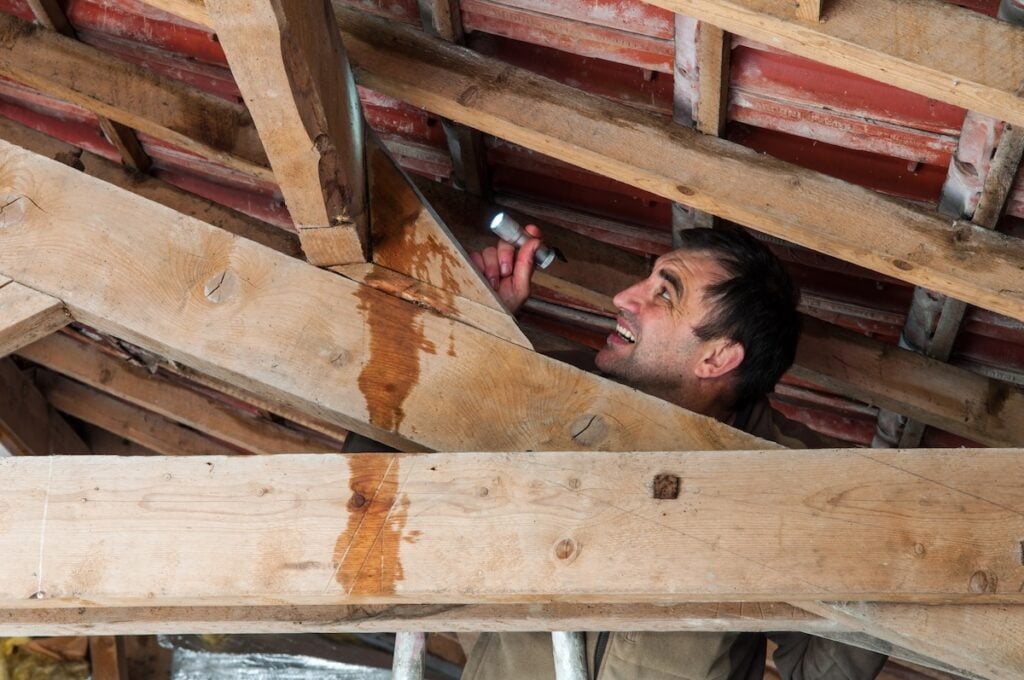
Eliminating attic rain requires a comprehensive approach addressing ventilation, insulation, and air sealing. Follow these steps to solve your moisture problems effectively.
1. Improve Attic Ventilation
Start by assessing your current ventilation system. Calculate your attic’s square footage and ensure you have adequate intake and exhaust vents. Install soffit vents near your roof’s edges to allow cool, dry air to enter the attic. Add ridge vents, gable vents, or powered exhaust fans near the peak to remove warm, moist air.
Maintain proper airflow by keeping vents clear of insulation, debris, and snow accumulation. Consider installing baffles between rafters to maintain clear air channels from soffit to ridge vents.
2. Seal Air Leaks
Identify and seal gaps where warm air escapes into your attic. Use caulk or weatherstripping around light fixtures, electrical outlets, and plumbing penetrations. Install gaskets behind electrical outlet covers and switch plates on upper floors.
Pay special attention to larger openings like attic access hatches, whole-house fan installations, and recessed lighting fixtures. These areas often require specialized sealing materials or professional attention to address properly.
3. Upgrade Insulation
Add or replace insulation to create better thermal barriers between living spaces and your attic. Focus on achieving recommended R-values for your climate zone—typically R-38 to R-60 for most regions.
Choose appropriate insulation types for your home’s construction. Blown-in cellulose or fiberglass works well for covering irregular spaces, while batt insulation suits standard joist spacing. Ensure insulation doesn’t block ventilation pathways or compress existing materials.
4. Redirect Exhaust Systems
Verify that bathroom fans, dryer vents, and kitchen exhaust systems vent directly outside rather than into your attic. Extend vent ducts through exterior walls or roof penetrations, ensuring proper sealing around exit points.
Install insulated ductwork for exhaust systems passing through unconditioned spaces. This prevents condensation within the ducts themselves and improves overall system efficiency.
5. Control Indoor Humidity
Reduce moisture generation within your home by using exhaust fans during cooking and showering. Run these fans for 15-30 minutes after activities to remove lingering humidity from the air.
Consider installing a whole-house dehumidifier if your region experiences persistently high humidity levels. Maintain indoor relative humidity between 30-50% for optimal comfort and moisture control.
6. Professional Inspection and Repairs
Schedule a comprehensive attic inspection from qualified roofing professionals who can identify issues you might miss. They can assess ventilation adequacy, insulation effectiveness, and structural integrity while recommending specific improvements for your home’s unique characteristics.
💧 Preventing Future Attic Rain Problems
Maintaining your attic rain solution requires ongoing attention to ventilation, insulation, and moisture control systems. Regular maintenance prevents minor issues from developing into major problems.
Schedule Annual Attic Inspections
Make it a priority to inspect your attic every year. Check the ventilation systems, the condition of your insulation, and the integrity of air sealing. These inspections ensure your home stays energy-efficient and free from potential moisture issues.
Clean Soffit and Ridge Vents Regularly
Proper airflow is essential for preventing moisture buildup. Clean your soffit and ridge vents routinely to ensure they remain unobstructed and working effectively. This simple task can extend the life of your roofing and insulation.
Replace or Supplement Insulation Over Time
Insulation can settle or degrade, reducing its effectiveness. Regularly check its condition and replace or add more insulation as needed to maintain optimal energy efficiency and proper temperature regulation.
Monitor Indoor Humidity Levels
Keep an eye on humidity levels in your home throughout the year. Use ventilation or dehumidifiers to adjust as needed. High humidity can lead to mold and structural damage, so address it promptly.
Address Moisture Issues Quickly
Fix any plumbing leaks, roof damage, or other moisture sources as soon as they appear. Ignoring these problems can lead to more expensive and complicated repairs down the line.
Keep Detailed Maintenance Records
Document all improvements and maintenance activities. This helps you track patterns, plan future care, and ensure your home’s moisture control systems remain effective year-round..
🏠 Trust Best Exteriors for Your Attic Rain Solutions
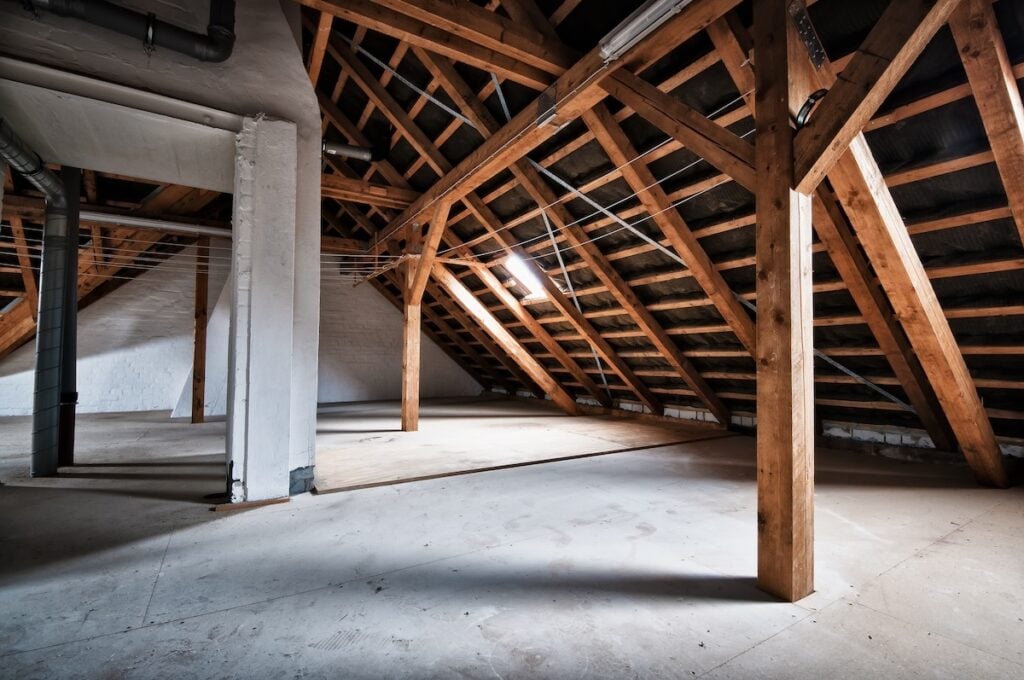
When it comes to protecting your home from attic rain and other moisture-related issues, trust the experts at Best Exteriors. With years of experience serving Columbus area homeowners, our certified team knows exactly how to tackle even the most challenging attic rain problems. We take a comprehensive approach, addressing ventilation, insulation, and air sealing to ensure long-lasting results.
Plus, we only use high-quality materials from trusted brands like GAF, Owens Corning, and CertainTeed, giving you peace of mind with durable solutions backed by extensive warranties. Don’t let attic rain compromise your home’s structure or indoor air quality—contact Best Exteriors today for a free consultation. Let us show you why we’re the trusted choice for roofing solutions in Ohio! Call now or visit our website to get started.
